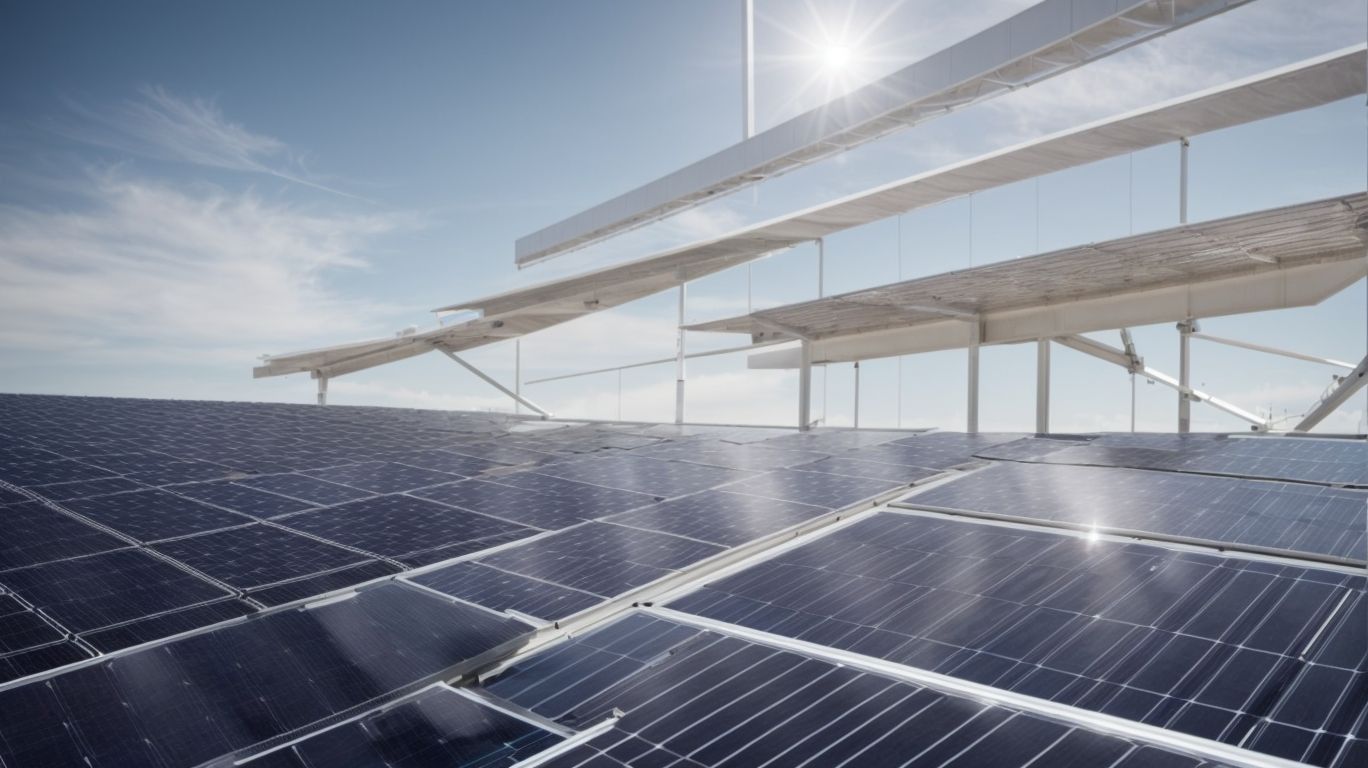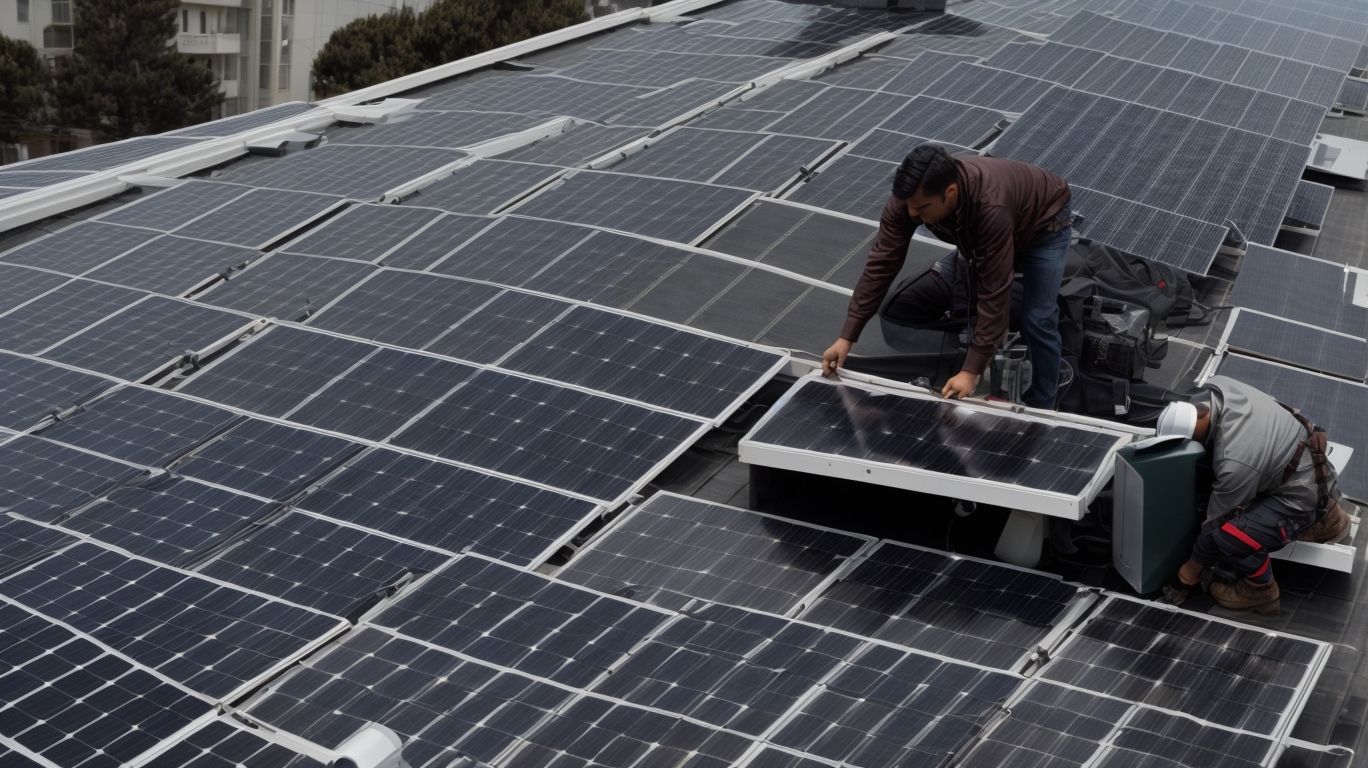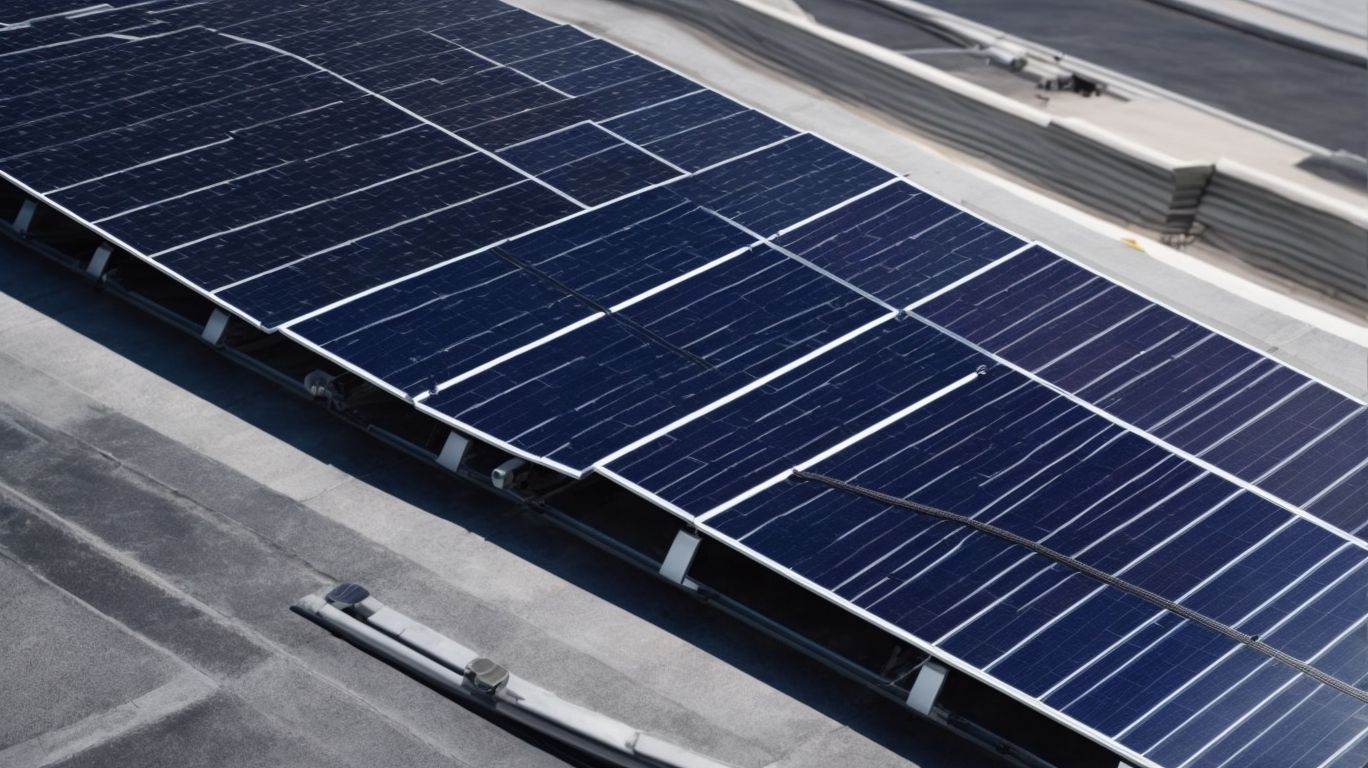
Understanding the Importance of Structural Support for Solar Panels
Solar panels are an increasingly popular and sustainable energy source, but have you ever wondered how they stay securely in place?
Understanding the importance of structural support for solar panels is crucial to ensuring their efficiency and longevity.
We will explore how solar panels work, why structural support is essential, the different types of support available, and how to maintain and address common issues.
Discover how proper support can enhance the efficiency and safety of your solar panel system.
What Are Solar Panels?
Solar panels are devices that convert sunlight into electricity, playing a crucial role in harnessing renewable energy sources.
They are essential in reducing our reliance on non-renewable energy sources like coal, oil, and natural gas, which contribute to environmental degradation and climate change. By capturing the sun’s rays and converting them into usable power with photovoltaic cells, solar panels help in reducing greenhouse gas emissions and mitigating the harmful effects of fossil fuel combustion. Their ability to generate clean energy in a sustainable manner promotes a greener future, ensuring a healthier planet for future generations.
How Do Solar Panels Work?
Solar panels operate by capturing sunlight through photovoltaic cells, converting it into electricity with high efficiency and sustainable energy production.
Why is Structural Support Important for Solar Panels?
Structural support is vital for solar panels to ensure their durability and weather resistance, safeguarding their efficient energy production over time.
What Factors Affect the Structural Support of Solar Panels?
Various factors impact the structural support of solar panels, including engineering design, material selection, and load distribution considerations.
When it comes to engineering design aspects, structural analysis plays a crucial role in ensuring that the solar panel installation can withstand environmental stresses and load requirements. Engineers must carefully assess factors such as wind load, snow load, and seismic activity to determine the appropriate structural design. The selection of materials for the mounting system and support structures is essential for ensuring durability and longevity. Factors like corrosion resistance, weight-bearing capacity, and compatibility with the solar panels themselves all come into play when making material choices for optimal support.
What Are the Different Types of Structural Support for Solar Panels?
Solar panels utilize various types of structural support systems, including mounting brackets, rooftop installations, and support structures tailored for different environments.
Roof-Mounted Systems
Roof-mounted solar panel systems require specialized structural support to ensure secure installation and structural integrity, often involving detailed analysis of rooftop load capacities.
This structural analysis is crucial in determining if the roof can bear the load of the solar panels without compromising its integrity. Proper load distribution plays a critical role in preventing excessive stress on specific areas of the roof, which could lead to structural damage over time. Ensuring the correct support mechanisms are in place, such as mounting systems and flashings, is essential for the longevity and efficiency of the solar panel system. Installation guidelines typically include recommendations for the appropriate roof pitch, orientation, and material compatibility to optimize the system’s performance.
Ground-Mounted Systems
Ground-mounted solar panel systems rely on robust structural support, including foundation requirements and precise weight distribution to ensure stability and long-term performance.
Proper installation of ground-mounted solar panels requires careful consideration of foundation design to support the weight of the panels and withstand environmental factors. The load capacity of the support structures must be calculated accurately to prevent the panels from shifting or tipping over. Ensuring structural stability includes assessing the angle of installation to optimize sun exposure and prevent wind resistance. These factors play a crucial role in maximizing the efficiency and longevity of the solar panel system.
Pole-Mounted Systems
Pole-mounted solar panel systems feature adjustable tilting mechanisms for optimal sunlight exposure, requiring sturdy structural reinforcements and support brackets for enhanced stability.
This design enables the solar panels to be adjusted to various angles throughout the day, maximizing energy production. The structural reinforcements are crucial to withstand strong winds and other environmental factors. These systems require specific support brackets that securely hold the panels in place on the poles.
The installation process involves carefully positioning the brackets and ensuring they are securely fastened to the pole. The structural design principles focus on durability and reliability, considering the weight of the panels and the stress they may encounter over time.
What Are the Benefits of Proper Structural Support for Solar Panels?
Proper structural support for solar panels offers advantages such as increased efficiency, improved safety, and extended lifespan, enhancing the overall performance of solar energy systems.
Increased Efficiency
Optimal structural support enhances the efficiency of solar panels by facilitating angle optimization and precise panel orientation for maximum sunlight exposure.
This support plays a crucial role in ensuring that solar panels are positioned at the correct angle to capture the most sunlight throughout the day. By adjusting the tilt and orientation of the panels, the system can produce more energy from the available sunlight. The structural design also helps in reducing shading effects, ensuring that each panel receives uniform sunlight exposure. Proper support allows for easy adjustments to align panels with the sun’s path, maximizing energy production potential and overall system performance.
Improved Safety
Robust structural support ensures the safety of solar panel installations by maintaining structural integrity and withstanding wind loads effectively.
This structural support plays a critical role in ensuring that the solar panel systems remain securely in place despite environmental challenges. By providing a sturdy foundation for the panels, the structure helps distribute the weight evenly, preventing any potential structural failures. The ability of the support system to resist wind loads is essential in maintaining the stability of the installation. Proper structural design and load capacity calculations are crucial in determining the safe installation of solar panels to safeguard against potential hazards.
Longer Lifespan
Proper structural support contributes to the longevity of solar panels, reducing maintenance requirements and supporting durable material selections for extended lifespan.
The type of material used for the frame and mounting structure can play a significant role in the overall durability of the solar panel system. Opting for corrosion-resistant and sturdy materials, such as aluminum or stainless steel, can enhance the structural integrity and prevent premature wear and tear. Considering factors like wind resistance and weight-bearing capacity when designing the support structure can improve the overall performance and reduce the need for frequent maintenance. By investing in robust structural support, solar panel owners can enjoy a sustainable and hassle-free energy solution.
How Can You Ensure Proper Structural Support for Solar Panels?
Ensuring proper structural support for solar panels involves consulting professional engineers, adhering to installation guidelines, and implementing regular maintenance practices.
Consult a Professional
Consulting structural engineers is essential for ensuring the sustainability and structural integrity of solar panel installations, especially in complex construction scenarios.
Their specialized knowledge in structural analysis allows them to assess the unique challenges presented by varying terrains, weather conditions, and building materials, ensuring that the installations are not only safe but also sustainable in the long run.
By collaborating with construction experts, structural engineers can provide valuable insights regarding the most efficient construction practices and materials to optimize the structural support of solar panels. This collaborative approach ensures that the installations meet industry standards for safety and durability, ultimately promoting the success and longevity of solar energy systems.
Consider the Location and Climate
Accounting for environmental factors such as wind and snow loads is crucial when determining the structural support needed for solar panels in specific locations and climates.
Factors like wind speed and direction play a significant role in designing robust support systems for solar panels. Strategic placement and anchoring of supports are essential to ensure stability against high winds.
Considering snow loads is vital in areas prone to heavy snowfall, where support structures must withstand the added weight without compromising the integrity of the panel installation.
Climate-dependent requirements further influence the choice of materials and design elements for optimal weather resistance and load distribution.
Site-specific challenges, such as soil composition and elevation, also impact the structural planning process.
Regular Maintenance and Inspections
Regular maintenance and inspections are essential for ensuring the ongoing structural support and performance of solar panels, focusing on support structure integrity and maintenance requirements.
A well-maintained support structure not only enhances the longevity of solar panels but also ensures their optimal efficiency over time. By conducting routine inspections, potential issues such as corrosion, damages, or misalignments can be identified and addressed promptly, thus preventing more extensive damage.
Implementing a robust maintenance schedule that includes regular cleaning, tightening of bolts, and checking for any signs of wear and tear is crucial for the overall structural reinforcement of the panels. Engaging in proactive maintenance practices is key to guaranteeing the stability and reliability of solar panel installations.
What Are Some Common Problems with Structural Support for Solar Panels?
Several common issues related to structural support for solar panels include roof damage, wind-related challenges, and risks associated with improper installations.
Roof Damage
Roof damage can arise from insufficient structural support for rooftop solar installations, highlighting the importance of meeting structural load capacity and installation requirements.
This issue can lead to serious consequences, such as compromised structural integrity, water leakage, and safety hazards.
Structural guidelines play a vital role in ensuring that the roof can bear the additional weight of solar panels without causing damage. It is crucial to consider load-bearing capacities, wind uplift forces, and proper anchoring methods to prevent problems in the future.
Improper installation practices can further exacerbate the situation, putting both the solar panels and the building at risk.
Wind Damage
Wind damage can affect solar panels without sufficient structural support, underscoring the need for robust mechanical strength in structural components to withstand varying wind loads.
The mechanical strength requirements for solar panel systems go beyond just the panels themselves; the entire supporting structure must be able to resist wind loads to prevent potential damage. Factors such as wind load considerations and material durability play a crucial role in ensuring the longevity and effectiveness of solar installations. Durable structural components, such as mounting brackets and frames, are essential to provide stability and support under challenging weather conditions. Investing in high-quality materials that offer excellent wind load resistance is key to safeguarding solar panels against the forces of nature.
Improper Installation
Issues stemming from improper installation practices can compromise the structural support of solar panels, necessitating adherence to correct installation procedures and support bracket specifications. This is essential to prevent potential damage to the roof and ensure the longevity of the solar panel system.
Following installation guidelines also reduces the risk of leaks or shifting panels, which can lead to electrical malfunctions or even injury. Utilizing proper support brackets not only enhances the system’s stability but also ensures even weight distribution, preventing excessive strain on specific areas.
By prioritizing installation best practices and support system standards, you can safeguard both the structural integrity of the property and the efficiency of the solar energy system.




No Comments